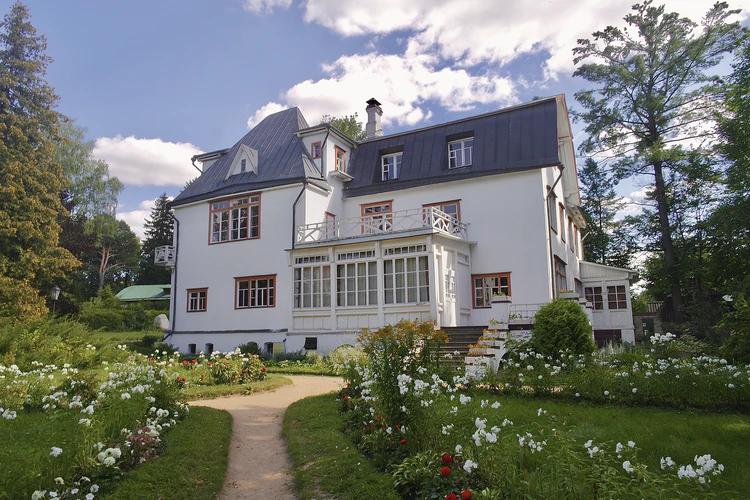Go Green: 3 Tips to Help You Start Planting Your Trees Around Your Home
- Written by Analisse Weathers

Planting your trees is a long term responsibility that requires significant effort in sustaining their health as they grow. It needs proper care, maintenance, and patience. However, planting trees brings numerous benefits not only to ourselves but also to others and mother nature.
Your trees' healthy growth all depends on how much care you exert during planting. Maintenance also helps determine whether a tree can be healthily growing in your area. Here are the guidelines on how to start planting your trees in your residence to help you on your planting journey for starters.
Planting Season
When you start planting, the ideal thing to do is plant trees in the fall, specifically after the leaves drop or before the buds break in early spring. Due to the season's low temperature, the weather is cold and lets the plants grow their roots. Planting trees during spring might wash away the seedling because of rain.
Native trees suit best to plant in fall, too. But some trees grow well when planted on season's end. Generally, plants with fibrous roots grow better when planted in fall than those with deep taproots.
You can also plant trees throughout the seasons with balled and burlapped trees, given you take extra care of them. In the case of tropical or subtropical climates, some trees might not grow at all. Do keep in mind that certain trees, especially trees that aren’t native in your area have different planting seasons. Also consult government agencies that handle plants and wildlife to see if you aren’t planting anything invasive in your area.
Right Location
Choosing the location where to plant the tree is sometimes overlooked when planting trees. Not all trees can thrive in certain climates and planting sites. Make sure to pick trees that will provide what you’re looking for when you plant them near your residence.
In your planting site, you should also consider some factors that can affect your planted trees' growth rate. These factors are the condition of the soil, sun and wind exposure, hardiness zone, space, water source, and proximity to human activities. Knowing these factors are the key to the lifelong survival of your trees.
Planting location also includes awareness for overhead lines like the wires in electrical poles. Coordinate with the authorities if you’re planning to plant tall hardy trees in your location. You may end up violating some laws if you plant trees without the proper permits. Trees, if allowed to grow without supervision, can damage overhead wires and light posts. Not only that, but tree roots can potentially damage underground lines.
Start Planting
Now that you have already learned the essential things to remember when planting your trees let's get started with your planting session! Here are some steps to follow when you’re finally planting your tree.
* This is now where the digging happens. Dig a hole that’s about twice or thrice wider than the root ball. The depth of the hole should be at least 2-3 inches less than the height of the root ball.
* After digging, remove any containers left behind. You should also remove the wire basket around the roots if possible. Try to look for circling roots and straighten them if you can. Alternatively you can cut these roots safely.
* Position the tree plant on the pit at the right height. If the pit is too deep, the roots will not receive enough oxygen. Make sure that you place the plant straight in the pit. You can ask for assistance to view the plant to confirm.
* The pit is now ready to get filled with soil. Gently fill the hole with soil. To stabilize the soil around the tree, surround the root ball's base by packing the soil neatly. Watering the newly packed soil will also help remove any air pockets.
* The newly planted tree will need enough moisture from its surroundings. That's why putting mulches at the base will help maintain moisture, and soil temperature.
* Always maintain your newly planted tree. At this stage, you don’t need to water it excessively as it may cause water logging. A water-logged can suffocate your tree. To preserve produce install fruit tree netting.
Takeaway
Tree planting on your residence is actually a fun thing to do. It can relieve stress brought by the workplace. Although the process of taking care of these trees is long, it’s really worth the time. Once your small seedling blooms and fully grows, you’ll see all the fruits of your labor. Not only are you helping yourself and other people by planting trees, you’re also helping mother nature.





